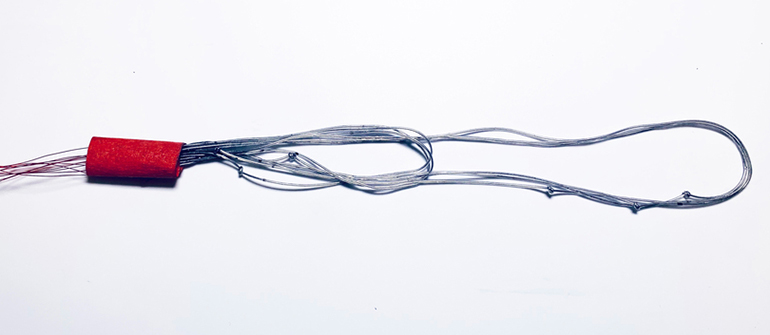No matter what else they do in life, human beings just cannot afford to stop. This is because, if we do, we run a major risk of losing out on a ton. Now, given how loaded humans are in regards to potential, the cost of this loss often goes beyond all limits. Hence, to avoid it, we are always looking for ways through which we can maximize our skill-set. While each method tends to focus on catering a unique segment, none do it quite like technology. Technology’s case is, by far, the strongest one, as it’s the only avenue that has something or the other for our entire spectrum. When you get such a luxury at your disposal, the question becomes about using it in right manner, and looking back, we can say humans did a great job of figuring it out. The same is evident across various areas, including a highly-important medical sector. Technology linking up with healthcare was a defining moment mainly because it altered everyone’s perception of this creation, making it a much bigger deal than it was before. In fact, even after achieving a grand stature within the said discipline, technology would continue to pave the way for something better, and one recent development confirms that big time.
The researching team at MIT has successfully developed a whole new approach to detect gastrointestinal pressure. Inspired by Incan communication technology, the new approach involves a low-cost sensor using the ancient knotted string technique. Talk about researchers’ rationale behind this construction, it revolves around their findings, which stated that knots can actually increase the device’s sensitivity. If the method ends up working out, it will dramatically improve healthcare prospects for the underprivileged, as despite all the technical progression, the process of assessing gastric motility remains hugely inaccessible. Gastric motility plays a humongous role in ensuring seamless G.I. function. Any disruption around it can lead to a host of conditions, including constipation, acid reflux, and irritable bowel syndrome etc, so by bolstering its assessment potential, we can effectively avoid these undesirable consequences
“They’re super quick to build and super cheap,” said Kewang Nan, another researcher involved in the study. “Another motivation for making GI manometers cheap and disposable is to promote decentralized diagnosis. Here, being cheap facilitates accessibility by bringing down cost, and being disposable further helps public acceptance by eliminating cost of maintenance and reducing complication during use.”
The sensor works on the back of a simple tube, which is filled with non-toxic liquid metal called gallium-indium eutectic. Initially, the sealed tube was able to measure changes in pressure, but it didn’t have the ability of measuring subtle pressure. By adding knots to this sealed tube, the researchers solved a longstanding conundrum.



















